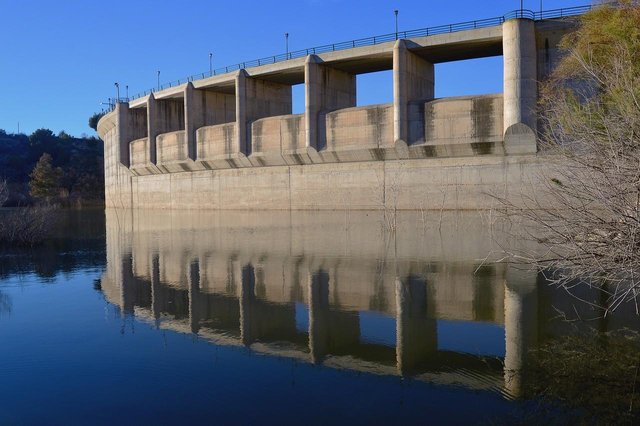Gealogy and Civil Engineering
While ancient man must have had some intuitive knowledge of geology, as evidenced by the feats of mining and civil engineering performed in the distant past, the present science of geology owes much of its origin to the civil engineers working in the eighteenth century. These engineers, while compounding the uppermost constitution works affiliated with the automated or factory-made (industrial) revolution, had the opportunity to view and explore excavations in rocks and soils.
Some, intrigued by what they saw, began to speculate on the origin and nature of rocks, and the relationships between similar rocks found in different places. Their ideas and theories, based on the practical application of their subject, formed the groundwork for the development of geology as a science.
 source
source
Engineers such as Lewis Evans (1700–1756) in America, William Smith (1769–1839) in England, Pierre Cordier (1777–1862) in France and many others were the ‘fathers’ of Geology.
Their interest in geology often stemmed from a ‘need to know’. They were confronted with real engineering problems which could only be solved with the help of both knowledge and understanding of the ground conditions with which they were confronted.
 source
source
In the postliminary nineteenth century, geology and engineering equally advanced, geology becoming a thereabout respectable naturally accustomed philosophy forming part of the education considered suitable for well brought up young ladies. Engineering, characterized by the canal and railway construction carried out by the ‘navvy’, on the other hand, remained as an eminently practical subject. The theoretical understanding of engineering was driven by practical engineering problems. The geological attainment of the engineer, accosted by progressively, (with acceleration) difficult engineering requirements, did not advance as rapidly as geology, advanced as a science under the leadership of geologists such as James Dana (1813–1895) in America, Albert Heim (1849–1937) in Switzerland and Sir Archibald Geikie (1835–1924) in Britain. hence, by the border line of the nineteenth century the majority of civil engineers comprehended comparatively little about geology, and just a very few of the geologists were anxiously concerned about, which they were interested in, its engineering applications.
 source
source
This widening division between geology and engineering was partly bridged in the nineteenth and early twentieth century by the development of soil mechanics by engineers such as Charles Coulomb and Macquorn Rankine, who developed methods of calculating the deformations of earth masses under the stresses imposed by engineering works. The great leap forward may be considered to have taken place with the publication of “Erdbaumechanik” by Karl Terzaghi in 1925, which brought together old knowledge, and added new theory and experience to establish soil mechanics in its own right as a discipline within the field of civil engineering. Subsequent publications by Terzaghi and others have continued to recognize a clear understanding of the fundamental importance of geological conditions in civil engineering design and construction. However, this appreciation has not proved to be universal and many engineers continued to rely on inadequate geological knowledge, or over-simplified ground models.
I'm @princefizzy
